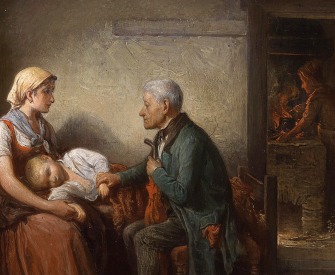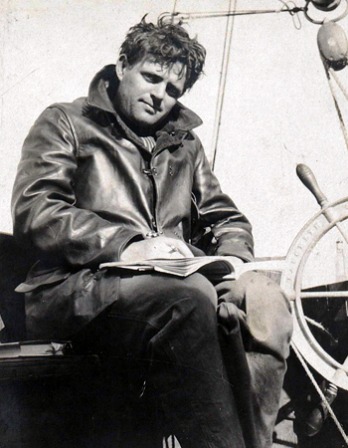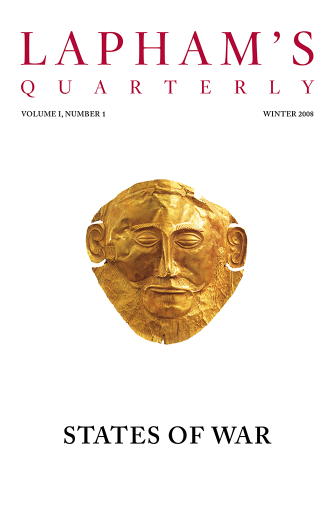There are two inhabitable sections of the earth: one near our upper or northern pole, the other near the other or southern pole; and their shape is like that of a drum. If you draw lines from the center of the earth, they cut out a drum-shaped figure. The lines form two cones; the base of the one is the tropic, of the other the ever visible circle; their vertex is at the center of the earth. Two other cones toward the South Pole give corresponding segments of the earth. These sections alone are habitable.
Beyond the tropics no one can live; for there the shade would not fall to the north, whereas the earth is known to be uninhabitable before the shadow disappears or is thrown to the south; and the regions below the Bear are uninhabitable because of the cold.
So we see that the way in which they now draw maps of the earth is ridiculous. They depict the inhabited earth as round, but both observation and reason show this to be impossible. For reason proves that the inhabited region is limited in breadth, while the climate admits of its extending all around the earth. For we meet with no excessive heat or cold in the direction of its length but only in that of its breadth, so that there is nothing to prevent our traveling around the earth unless the extent of the sea presents an obstacle anywhere. The observations made on journeys by sea and land bear this out. They make the length far greater than the breadth. If we compute these voyages and journeys, the distance from the Pillars of Hercules to India exceeds that from Ethiopia to Maeotis and the northernmost Scythians by a ratio of more than five to three, as far as such matters admit of accurate statement. Yet we know the whole breadth of the region we dwell in up to the uninhabited parts: in one direction no one lives because of the cold, in the other because of the heat.
But it is the sea that divides as it seems the parts beyond India from those beyond the Pillars of Hercules and prevents the earth from being inhabited all around.
Now since there must be a region bearing the same relation to the southern pole as the place we live in bears to our pole, it will clearly correspond in the ordering of its winds as well as in other things. So just as we have a north wind, here they must have a corresponding wind from their pole. This wind cannot reach us, since our own north wind is like a land breeze and does not even reach the limits of the region we live in. The prevalence of north winds here is due to our lying near the north. Yet even here they give out and fail to penetrate far: in the southern sea beyond Libya, east and west winds are always blowing alternately, like north and south winds with us. So it is clear that the south wind is not the wind that blows from the South Pole. It is neither that nor the wind from the winter tropic. For symmetry would require another wind blowing from the summer tropic, which there is not, since we know that only one wind blows from that quarter. So the south wind clearly blows from the torrid region. Now the sun is so near to that region that it has no water, or snow which might melt and cause Etesian winds. But because that place is far more extensive and open, the south wind is greater and stronger and warmer than the north and penetrates farther to the north than the north wind does to the south.
The cause of these winds and their relation to one another has now been explained.
From Meteorologica. Of the five climatic zones Aristotle identified, the equatorial “torrid zone” would, he speculated, prove unsuitable for human habitation because of its extreme heat. Christopher Columbus went before the Council of Salamanca in 1487 to secure funding for his westward voyage to India, but the council maintained that the heat in the torrid zone would render such travel impossible. In 2018 researchers at the University of Hawaii found that many regions in the tropics will become too hot for humans by the end of the century.
Back to Issue




